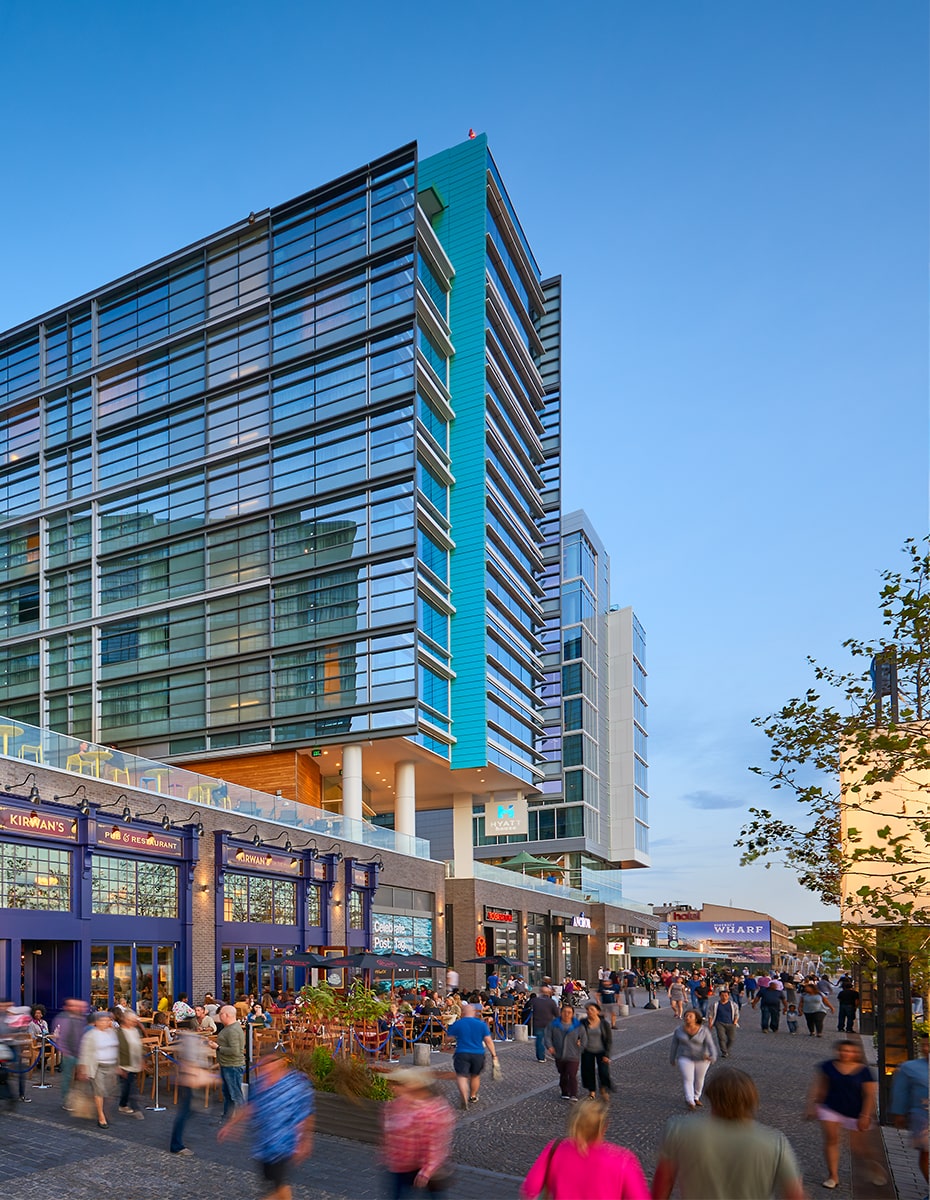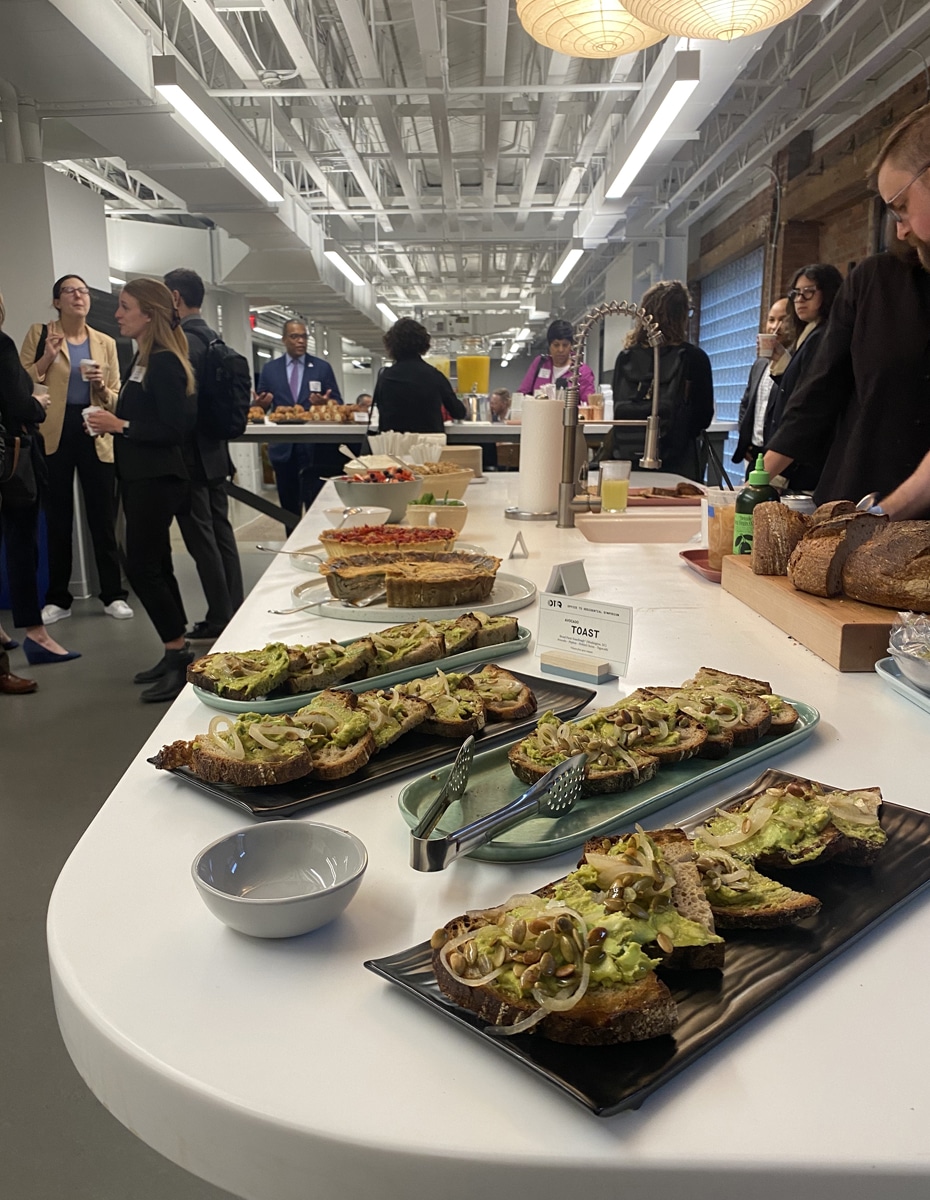This post was originally published on the Larisa Ortiz Associates blog in January, 2019 by Streetsense Managing Director of Research + Analysis, Larisa Ortiz.
As we contemplate an urban environment with more mobility options, including e-scooters and bikes, accommodating these users (who by the way use less space and fossil fuel) is critical. It will mean a reprioritization of who gets to use the precious public space that includes both our sidewalks and streets. We have had to make these kinds of decisions before. As a society, we came to accept the implications of a car-oriented world. At first, the changes were gradual. Take a look at Lexington Avenue and 89th Street courtesy of the Street Design blog. The widening of the street for cars meant narrower sidewalks, the loss of elegant stoops, and filled in light wells that once made lower floors habitable. The ramifications of these decisions continue to impact our city to this day. For instance, these narrower sidewalks can no longer support the kind of retail activity like sidewalk cafes, merchandise displays, etc. that make for a vibrant street and more successful businesses. In New York City regulations prohibit a sidewalk café (not even a single bistro table and two chairs!) if it results in sidewalks narrower than 8’. This regulation adds insult to injury. Not only did we lose our sidewalks, we can’t even use them in ways that would make them more appealing and inviting! But I digress. Taking a lane back from cars and reallocating it to pedestrians, businesses, cyclists and yes, e-scooter users should absolutely be on the table. These are the kinds of improvements that will make urban living more attractive and enable us to support higher densities over time.
I want to turn my attention now to e-scooters, which are poised to make the patronage of downtown businesses easier for customers hailing from even larger geographic areas. Recent research conducted by Lime found that the link between scooter usage and entertainment and dining is significant. In Kansas City and Austin, two early adopters of the technology, more than half of riders reported using the scooters to travel to or from entertainment venues. In these cities, scooters are still a fun way to get around. But in other cities like Paris, scooters are decidedly more practical. Forty five percent use them to commute to/from work, higher percentages than more automobile oriented cities like Austin (35%) and Kansas City, MO (30%). In fact, in denser cities the impact of e-scooters and the practicality of their use for everyday activities, like getting to/from work and school, make them an ideal mobility option for people of all ages. This is particularly true when there aren’t many places to safely park a bike or clean up/shower after strenuous physical activity (a necessity in hot climates). And the economic advantage is even greater. Those who forgo car ownership save 74% over the cost of owning a vehicle. In high cost cities, this is not chump change. During a recent trip to Atlanta I was pleasantly surprised at the diversity of races, genders and seemingly incomes of the people riding e-scooters.
In New York City, there are those who want to restrict the usage of this new technology. I think that is precisely the wrong impulse. This is New York, precisely where we embrace change and outright own disruption. Instead we should be looking to find ways to enhance mobility options in our urban areas and enable our streets to serve more than just cars. Our city will be better for it.
For Streetsense updates, follow us on social media or sign up for the Word on the Street newsletter.
BACK TO LATEST








